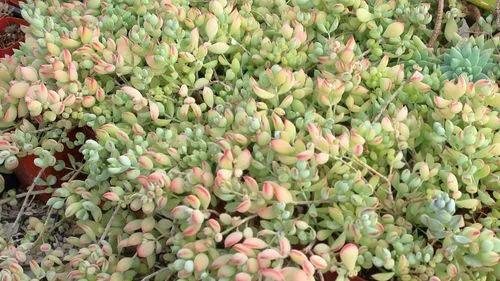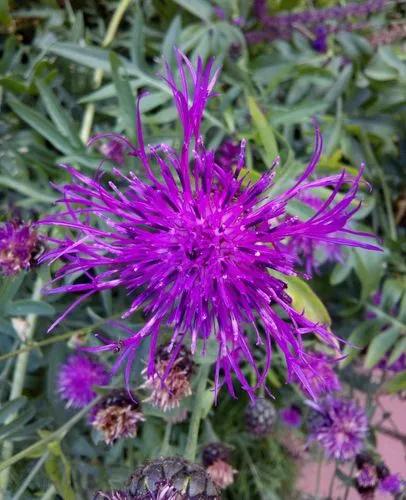Clerodendrum paniculatum, the pagoda flower, is a species of flowering plant in the genus Clerodendrum and family Lamiaceae. It is native to tropical Asia and Papuasia and reportedly naturalized in India, Fiji, French Polynesia, and Central America.
Pagoda-flower Care
Clerodendrum paniculatum



Clerodendrum paniculatum is a species of flowering plant known for its pyramidal inflorescences typically appearing in a bright shade of red-orange. The pyramid-shaped cluster of flowers gave the plant its common name - the pagoda flower. It belongs to the Lamiaceae family, often called the mint or sage family. As with others species in the Clerodendrum plant family, the pagoda flower also produces a lovely aroma. It’s native to tropical areas in Asia, including parts of China and the Philippines. The pagoda flower grows as a shrub and requires lots of space to spread. It is also a relatively demanding plant needing proper care throughout the warmer months.
How to Care for the Plant

Water

The watering requirements for the pagoda plant vary throughout the year. During the summer, it requires moist soil. Water each week or whenever the surface of the soil dries out completely. When Paniculatum goes dormant, it doesn’t need regular watering — only water during periods without any rainfall or when the foliage starts to wilt.

Fertilizer

The plant benefits from fertilizer during the summer. Add a liquid fertilizer to the water every week when grown in full sun and every two weeks when grown in partial shade.

Sunlight

The pagoda flower is native to tropical regions and prefers full sun.

Soil

The plant does best in a rich, slightly moisture retentive soil.

Temperature

This plant can be grown in the areas with the lowest winter temperatures of −12.2°C (10°F). However, these plants need protection from frosts. Add a layer of mulch over the plant after trimming back the dead foliage at the end of the year.

Popularity

398 people already have this plant 76 people have added this plant to their wishlists
Discover more plants with the list below
Popular articles






